Growing cannabis outdoors is perhaps the lowest cost way to grow your own. All you need is a few good quality outdoor cannabis seeds and a sunny, sheltered spot with reasonable quality soil. You can always supplement the soil with additional high quality compost and fertiliser if necessary. You don’t need to live in a warm, tropical climate to be able to grow great quality outdoor cannabis.
High quality autoflower seeds can grow from seed to harvest in around 100 days outdoors (they are even faster indoors). Even those with short summers can find a good 3-month window to grow and harvest some autoflower seeds outdoors. But what are the best ways to harvest, dry and cure outdoor grown cannabis? Read on for some expert tips and advice.

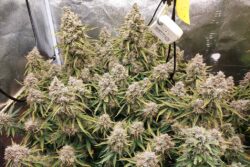






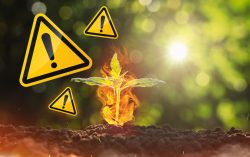
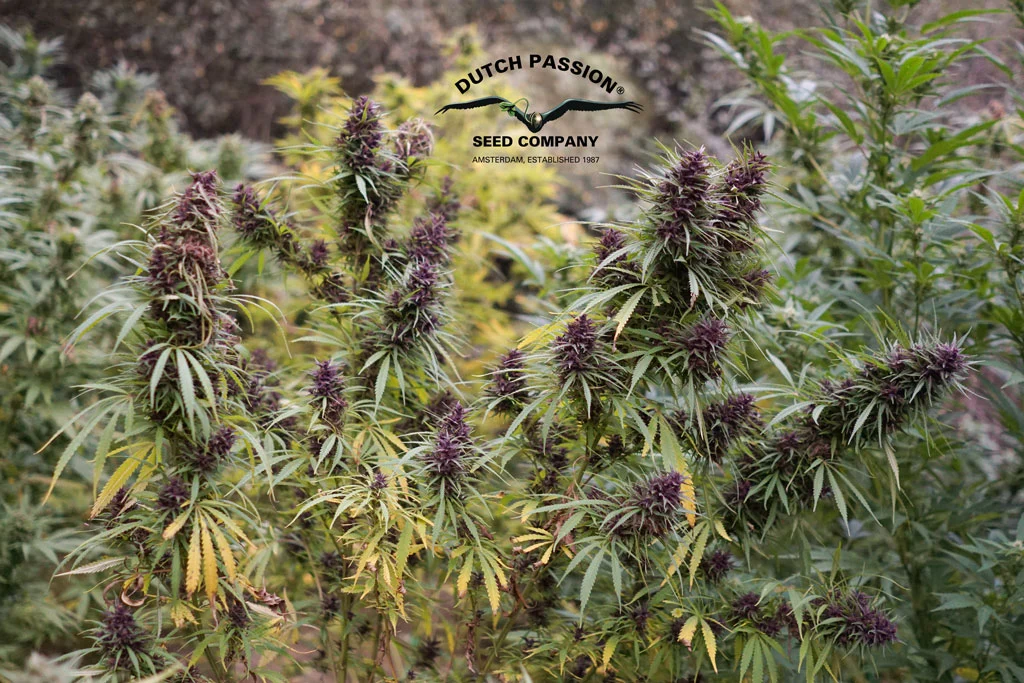
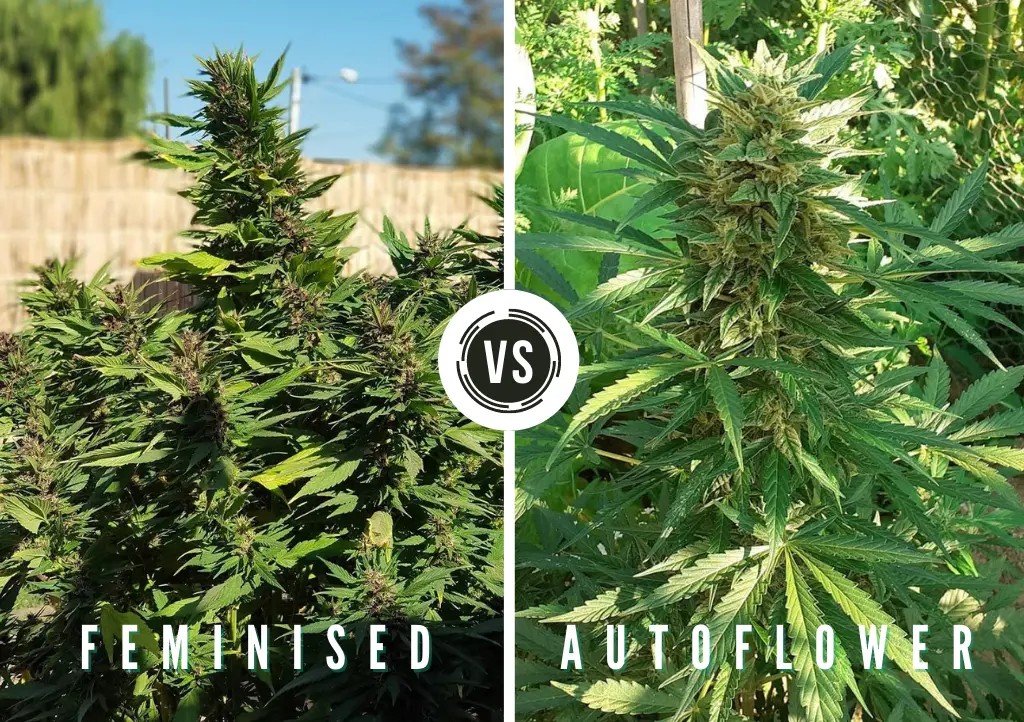
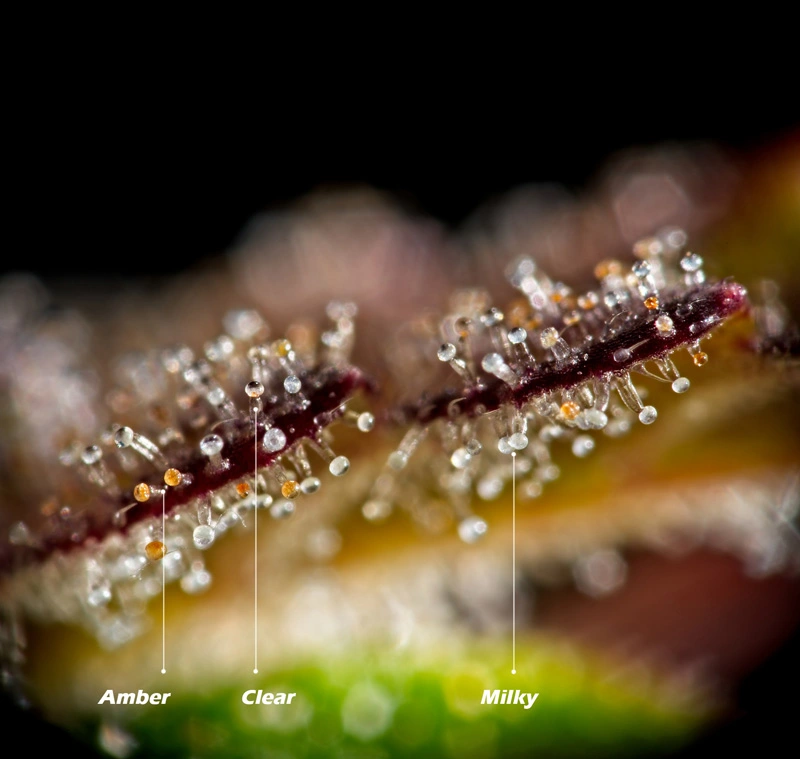
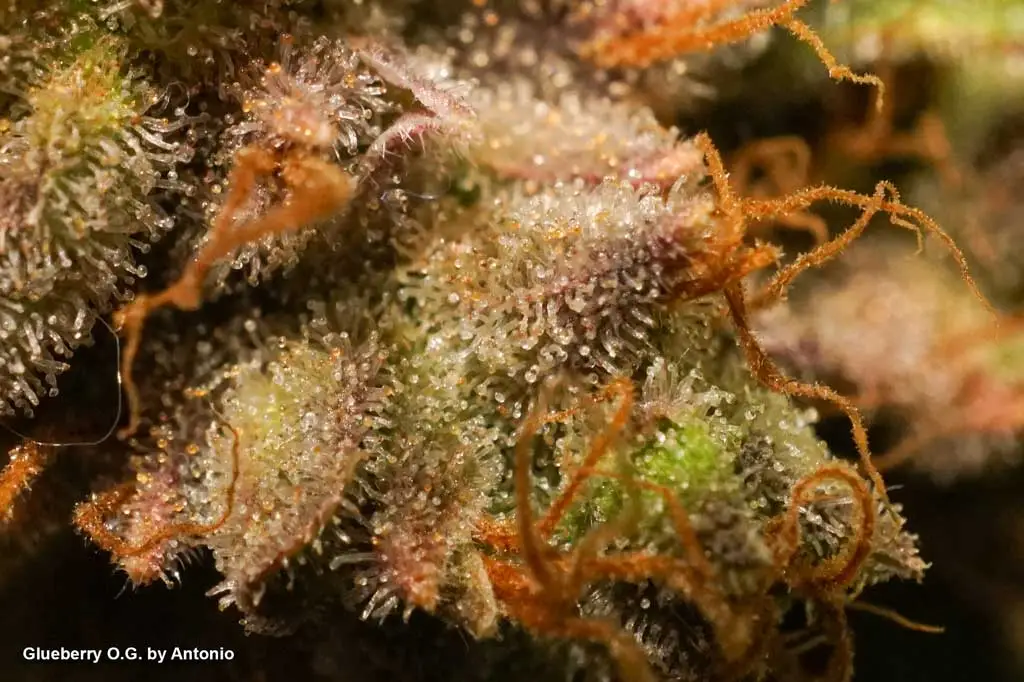
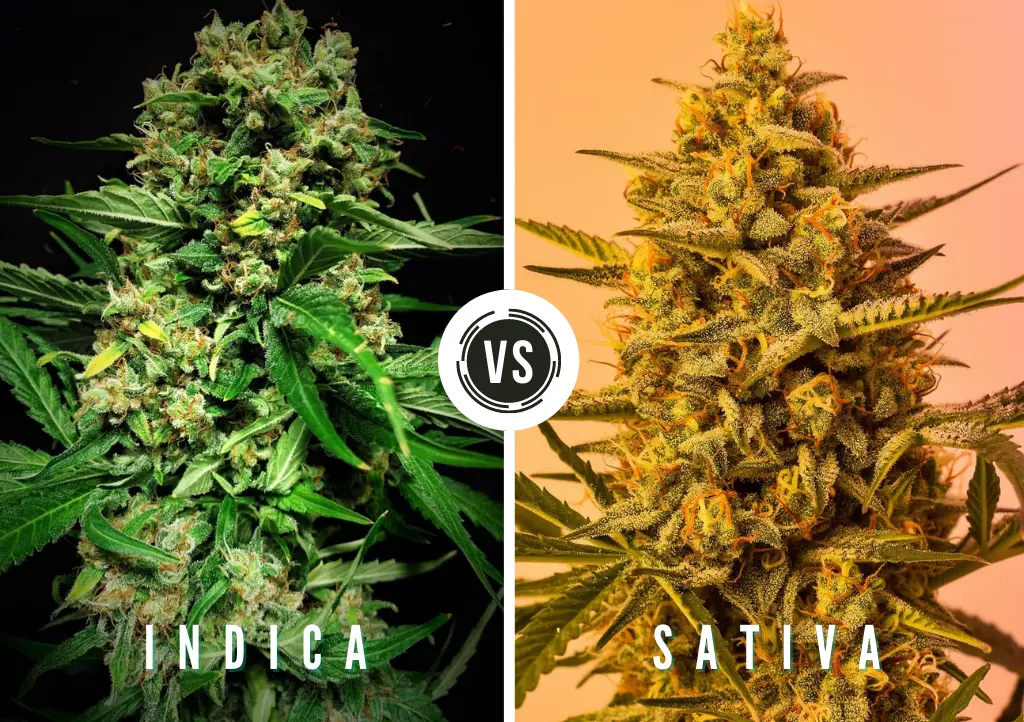
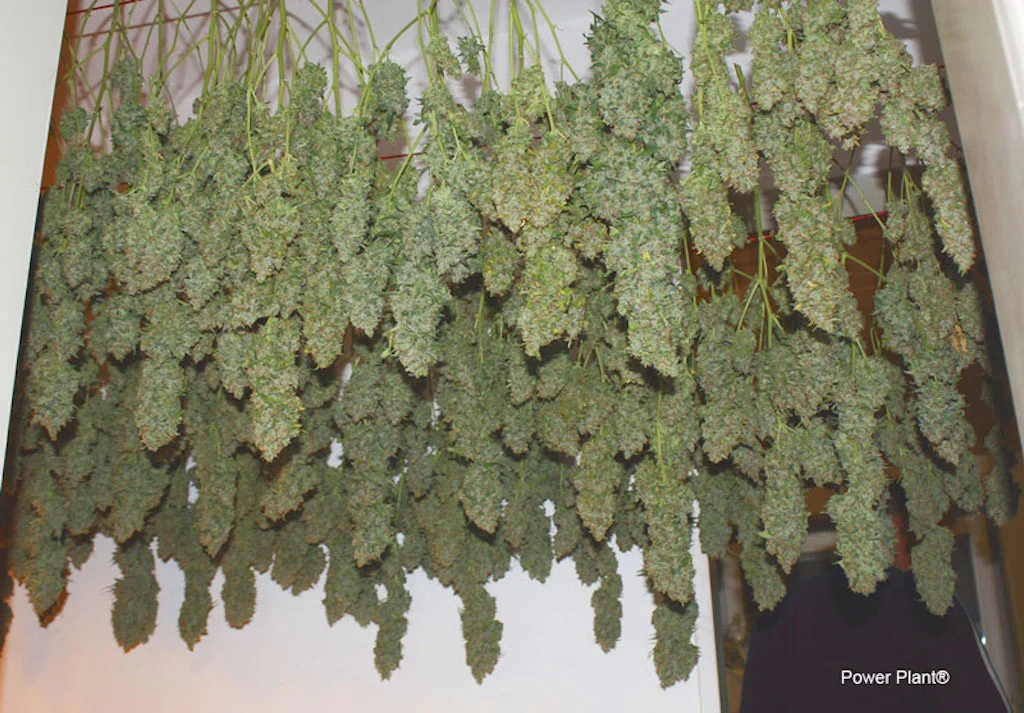

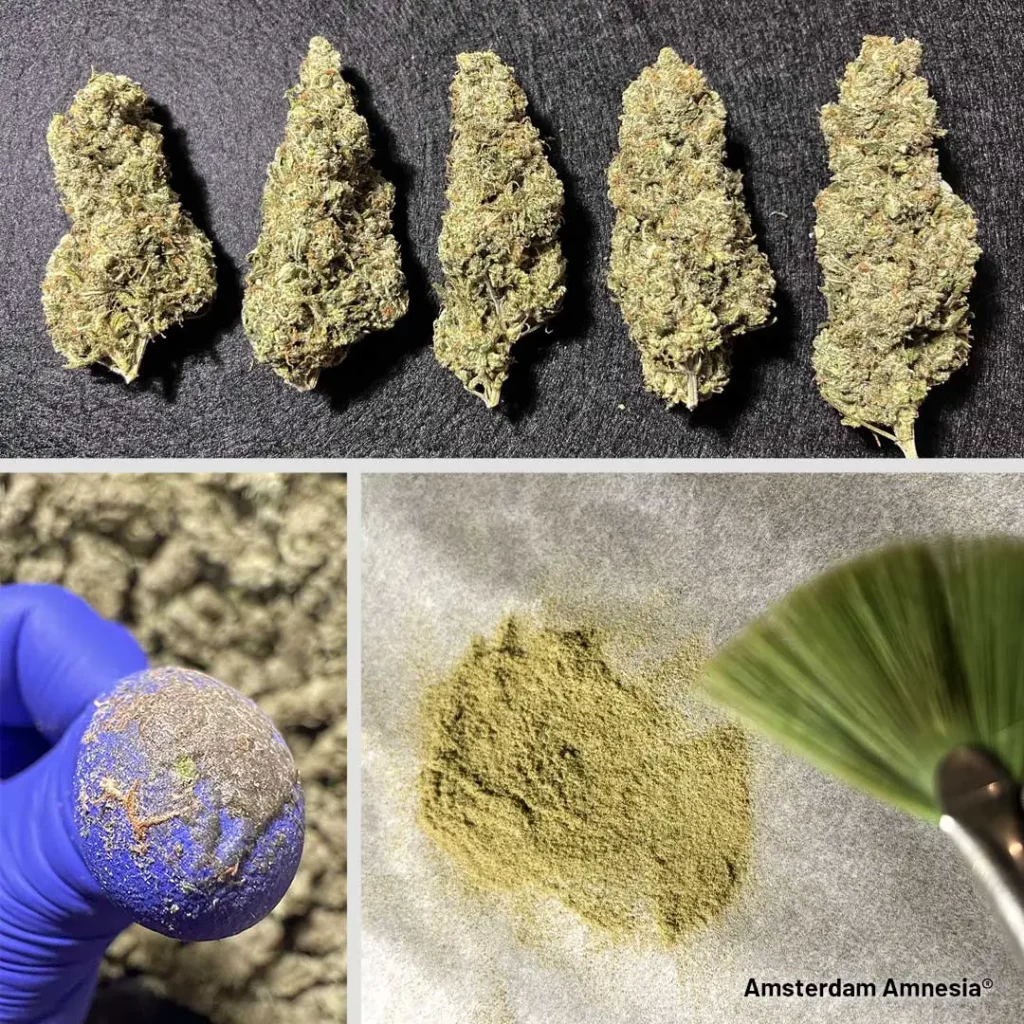
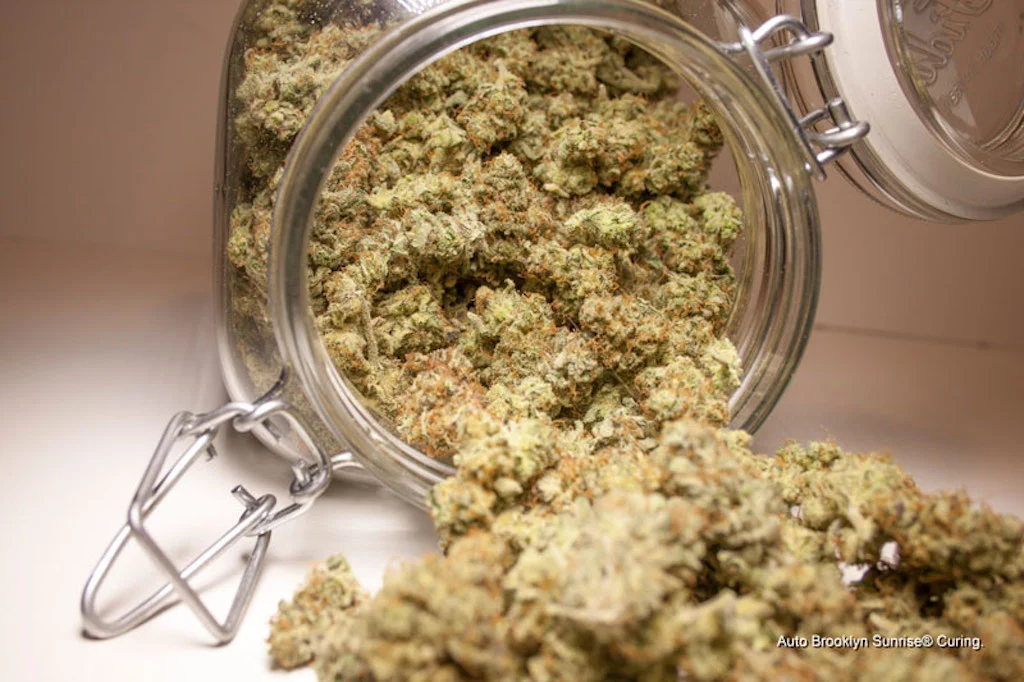
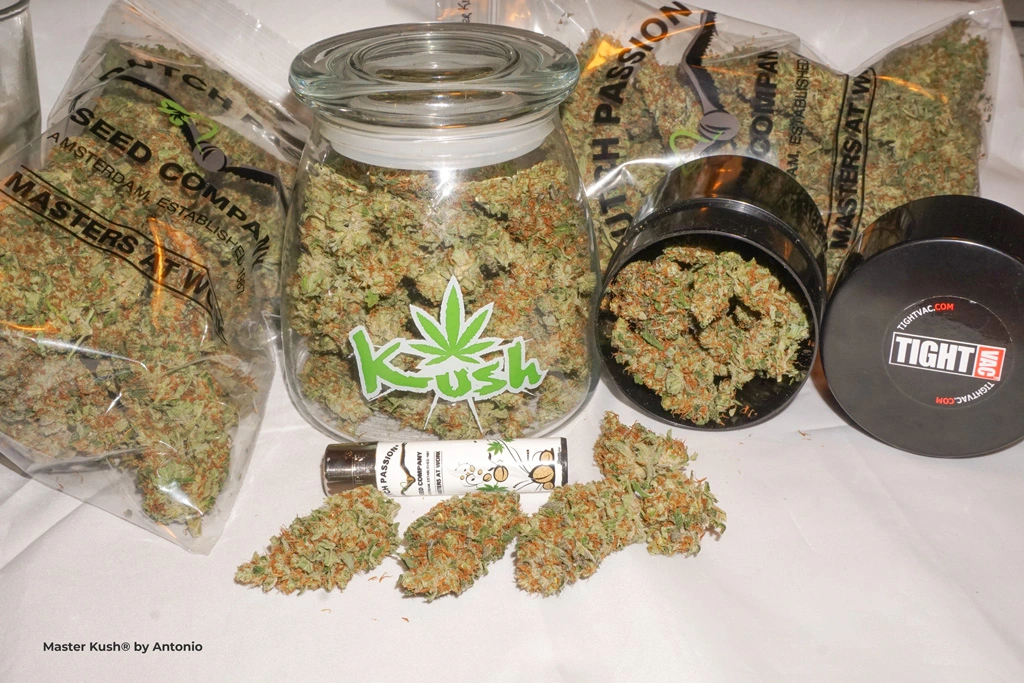









9 Comments. Leave new
Generally your guides are good, so thanks. But this one on drying is not comprehensive enough. For instance, how do I dry the plants? If outside is it best to hang the whole plant upside down from a tree so the wind and the sun dry it with little risk of mould or do you strip all the good bits from the plants, discarding the trunk and branches and just dry the flowers/leaves in some other way?
Indeed you are right, this blog is not that extensive. Here you can check out an updated document about drying and curing 🙂 https://dutch-passion.com/en/blog/the-best-way-to-dry-and-cure-cannabis-n918
Growing 3 plants 8 to 10 ft. Fertilized with raw fish only. My plants are as wide as high! I’need 2 strong men to pull them by the roots, hose the dirt off w
ith warm water then hang whole plants by their roots for six weeks in dark un-heated garage. What say you???
Hey!
You do not need to keep the roots attached to the plant for the drying process. In this blog you can read all about it: https://dutch-passion.com/en/blog/the-best-way-to-dry-and-cure-cannabis-n918
Greetings,
Joe
Dutch Passion
Do you have a youtube channel or or a site with all your content
Yes we do! You can check it out here: https://www.youtube.com/c/DutchPassionAmsterdam
Greetings,
Joe
Dutch Passion
the plants in the picture should be pruned, i see a lot of sun leaves
If its been raining, do I need to wait until its dry to harvest outdoor plants? I live in a damp Northern area. Thanks for this blog, it’s excellent.
If you have a dry room/tent where you can have an optimal humidity it is not necessary to wait until it is not raining anymore. People are even putting their freshly cut plants completely in the water to wash them before they go into the dry room 🙂
Greetings,
Joe
Dutch Passion